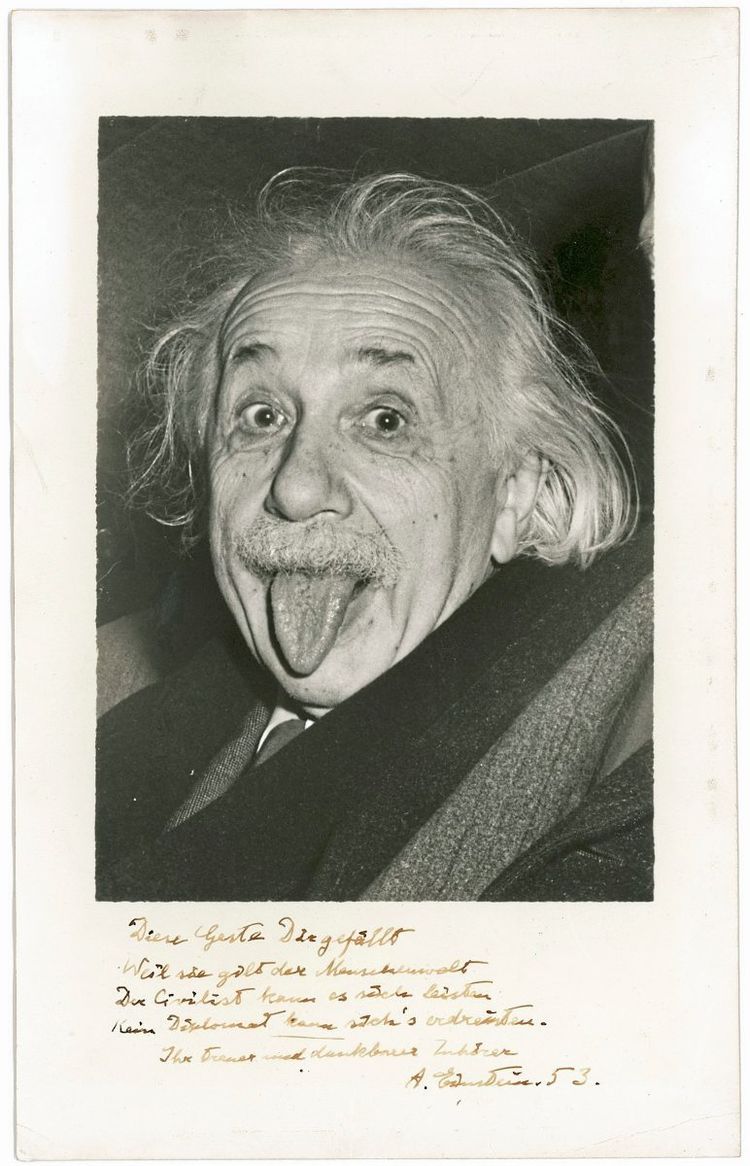Physicists can be defined as scientific inquisitors whose work is primarily to study the fabric of nature in its fundamental manifestations: matter and energy. Even though the invention of stone tools as hunting weapons or the idea of fire generation due to the friction between wood or pebbles thousands of years back can be identified as the first major physics discoveries, modern day physics as the subject one gets introduced to in the middle school probably started in the 15th to the 16th century with Sir Isaac Newton.
The majority of advancements of humankind can be attributed to the discoveries and inventions of those selected number of people, both men and women, who dedicated their lives to the study of physics.

The everyday life of a physicist
Physicists work primarily in the domain of academic research, in universities or in large scale research facilities like the Cern or the NASA. The last few decades have also seen them working for the industries where they also double up as engineers. But what do they actually do? Let us take the example of those who are employed at the academic research domain: the universities.
As physicists working at the university, we are concerned with doing research, teaching, supervising students and in some cases, providing technical assistance. We work in working groups that are part of a department, which are at the same time part of a physics institute. As for us, we work at the institute for semiconductor and solid-state physics at the Johannes Kepler University, Linz. Our work group is called the "Quantum materials group". And what exactly are quantum materials? Well, these are materials, which properties can be explained by quantum physics. And this means, it is almost any material. The main focus of our research is the understanding of the fundamental physics of the materials that we fabricate ourselves.
From fabrication to publication
First, we go to the lab and fabricate thin semiconducting (magnetic) layers, by using our metal-organic vapour phase epitaxy growth system (short MOVPE), or we produce thin two-dimensional (2D) flakes of a semiconducting/superconducting material by exfoliation. Afterwards, we need to know whether the quality of our material is good. For this we apply a variety of experimental processes, also called the characterization techniques, which will give us information about the material’s fundamental properties such as their surface, their structure, about their magnetic, electronic or optical properties and more importantly what they are good for.

As we are a group of experimental physicists, we spend at least 40 percent of our working time in the laboratories with the instruments and machines. While the discovery of electrons was done with some vacuum tubes, magnets and electrical wires, the modern day experimental set ups are not fundamentally different, only they got more sophisticated. With computers at our aid, we also spend a substantial part of our time analysing the data obtained in our experiments, this includes exchanging discussion emails with our international colleagues, and looking up and reading scientific articles. Through reading and the discussion with our colleagues, we get new ideas about how to extend and complement our research. About ten percent of our time we spend in writing projects, to keep our research going. Finally, we spend the last ten percent of our time discussing with our colleagues about physics, our newest results, and life in general. The outcomes of the discussions allow us to put our results together and write them down for a publication. The publication goes through a review process, which can last from two to six months, and then our results are finally published.
Funding our research: The end of curiosity
The concept of modern day success in research is synonymous with the amount of publications in peer reviewed journals like the ones from various publishing houses as the American Physical Society, the Institute of Physics or the Nature publishing groups, et cetera. A researcher’s quality of research output is measured in terms of the impact factor of the journal where the article is published and how many times the article in one of these journals is cited by other research articles. Nowadays the researcher’s contribution to the field of research is quantified by a number called the h-index. We do not completely agree with this quantification, as we believe that quantity is not equal to quality. But that’s another story.
To keep our research going, we need funding. Contrary to the US, where a position at the university is usually associated with a certain amount of money to do research, here in Europe researchers have to fund their own research. A research project might last from two to seven years, depending on the funding agency. The Austrian Science Fund (FWF) is usually our first choice. Unfortunately, the acceptance probability is around 20 percent. So that if one submits five good projects at the same time, at least one of them will for sure be accepted for funding. However, in the best case we write one to two projects at the same time.
The most difficult thing nowadays is, that we cannot really do research out of curiosity. When we write a proposal we need to promise that our results will be ground-breaking for applications, even if we sometimes just want to understand basic science. Just recently, the Nobel laureate Klaus von Klitzing, said in an interview with the "Oberösterreichische Nachrichten": "Researchers need freedom", meaning that researchers should not do science only for industry.
We do understand how important it is to find an application for each thing we do, but without the lack of curiosity to understand how our world works, applications are useless. Above all, we as scientists also need to keep publishing our findings, for the modern-day mantra is: "publish or perish". (Andrea Navarro-Quezada, Rajdeep Adhikari, 10.4.2018)